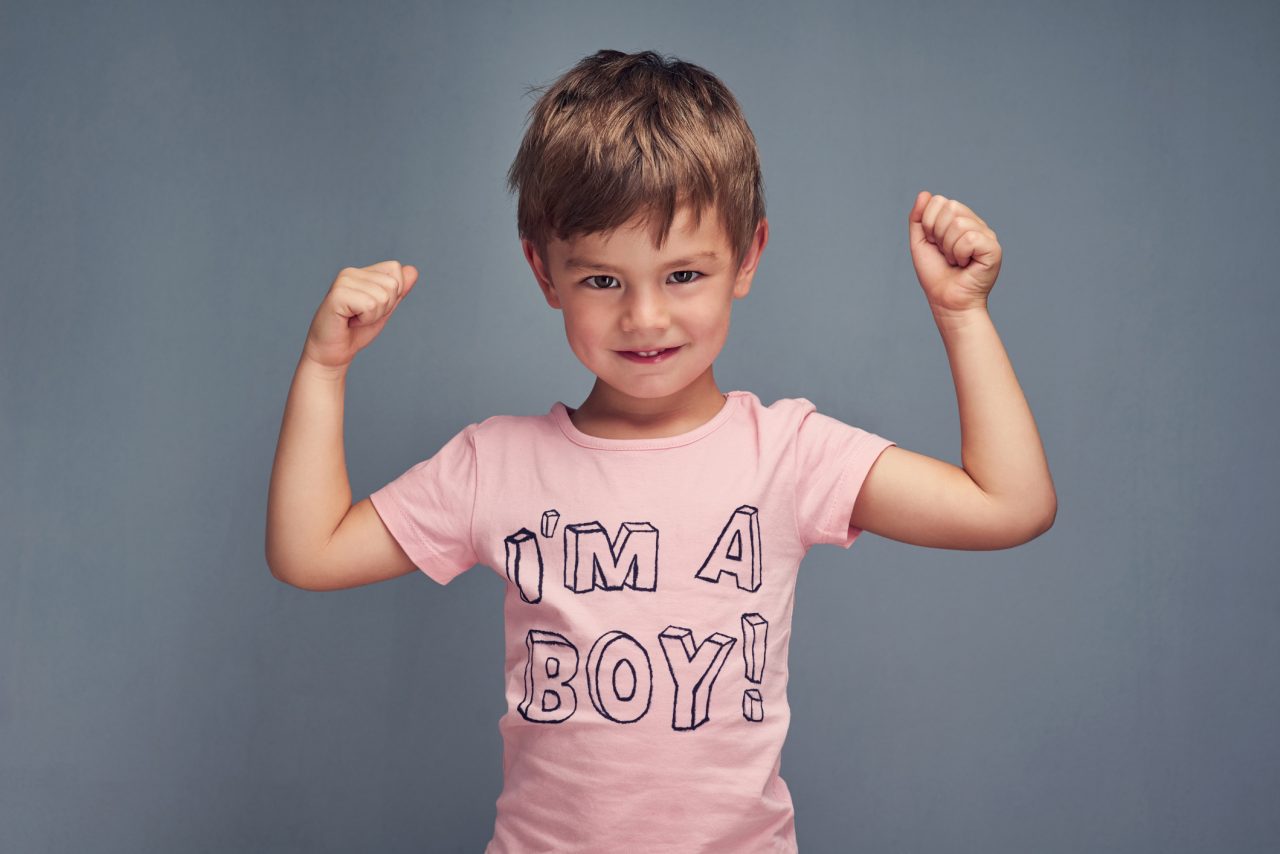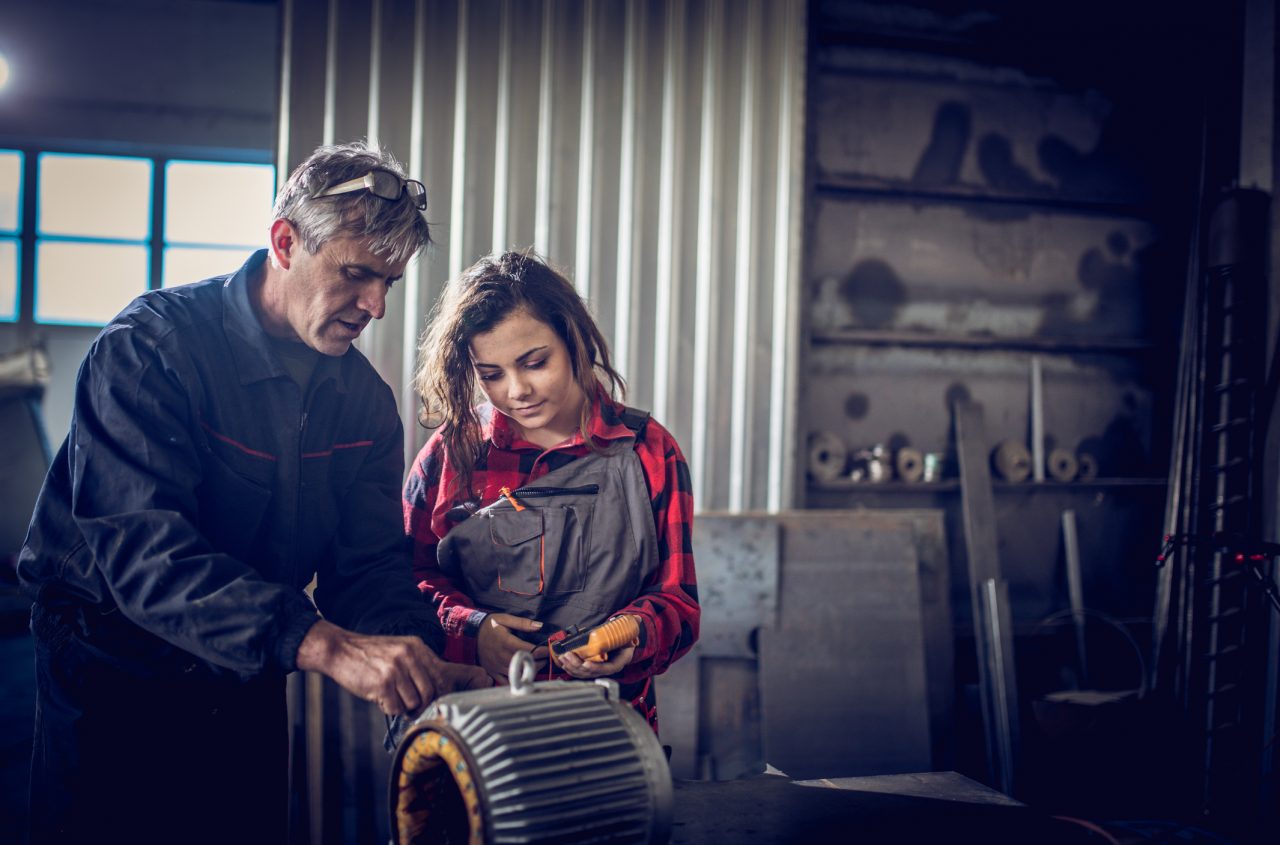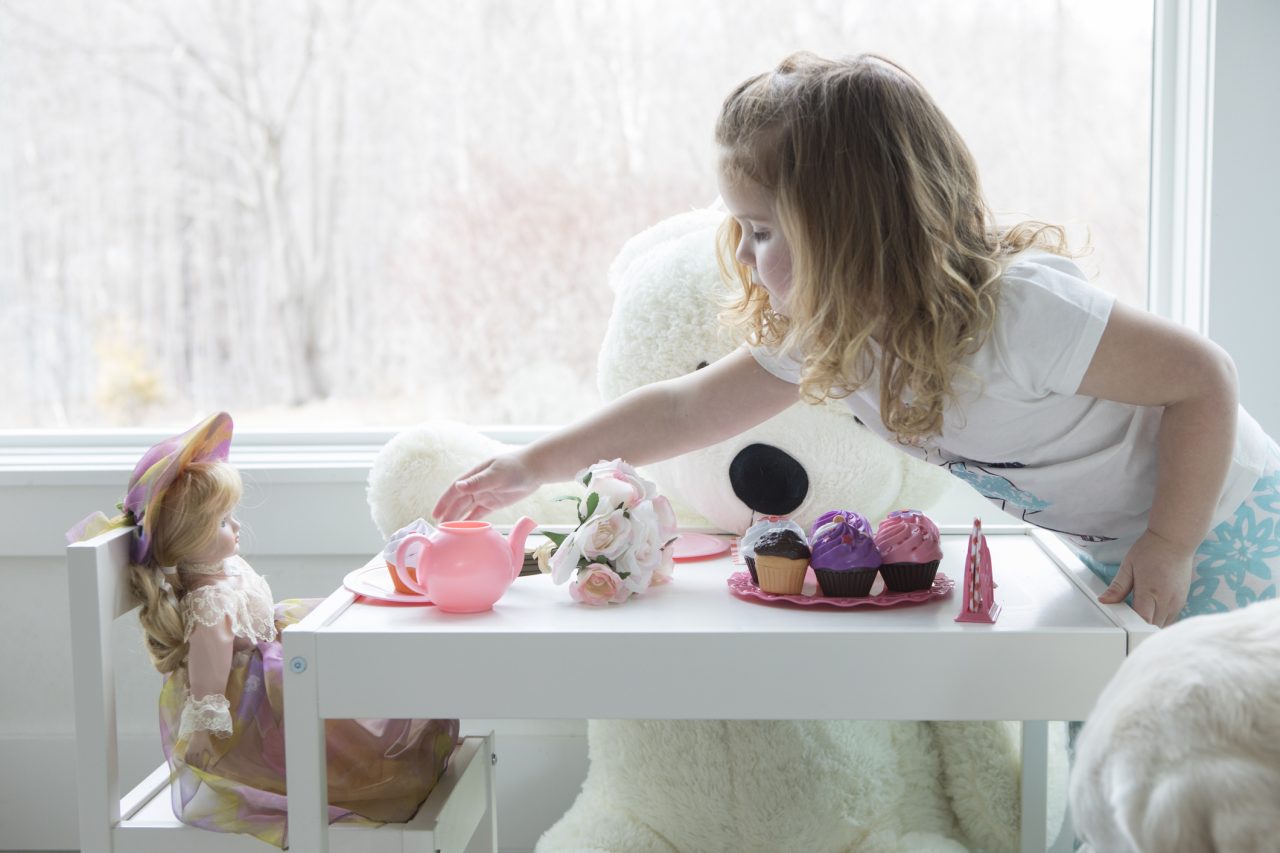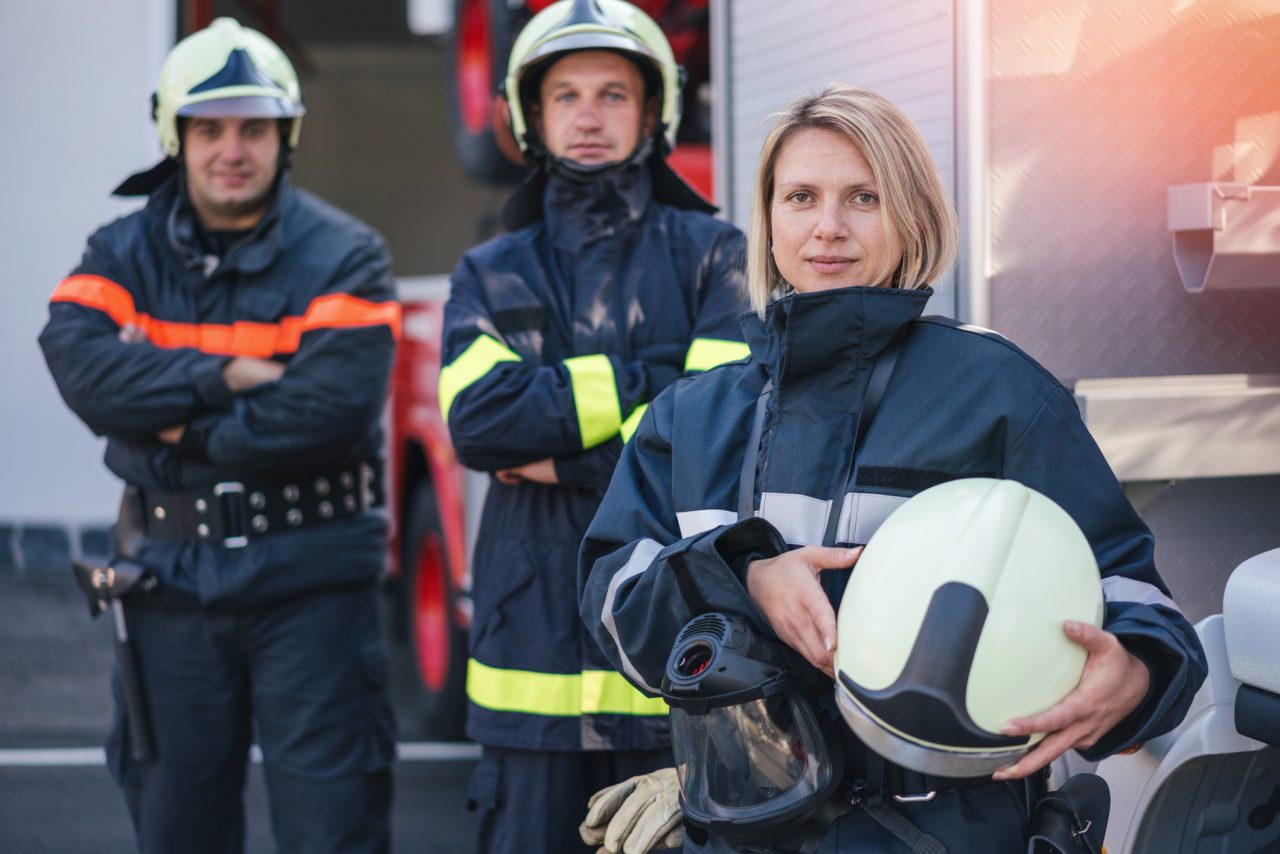Gender roles
Why do boys and girls play with different types of toys? Why do girls do better in school, and why are most people working in the health sector women?


What are gender roles?
Have you ever wondered why boys and girls get different toys, why girls often do better at school than boys or why mostly women work in the health sector? These are questions many researchers also ask themselves.

Biological and social gender
When we talk about gender, we can distinguish between “biological” and “social” gender. Biological means that our bodies are different. Social gender means the expectations we have by society. In English, we differentiate gender with the terms “sex” (biological) and “gender” (identity). The view of gender roles can vary from culture to culture, and has also varied a lot in the past 40 years.

En ung jente blir opplært av en faglært

Et par som pakker ned i esker

Et barn som har te selskap med lekene hennes

Brannmenn på jobb
Sources:
- Aud Toril Meland og Elsa Kaltvedt (2017): Tracking gender in kindergarten. Early Child Development and care.
DOI: http://dx.doi.org/10.1080/03004430.2017.1302945
- Forskning.no (14.07.2020): Kjønnsroller lever beste velgående i norske barnehager
https://forskning.no/partner-barn-og-ungdom-universitetet-i-stavanger/kjonnsrollene-lever-i-beste-velgaende-i-norske-barnehager/320578
- Teigen, Karl Halvor; Svartdal, Frode: kjønnsrolle i Store norske leksikon på snl.no.
Hentet 24. august 2020 fra https://snl.no/kjonnsrolle
- Bufdir (14.07.2020): Utdanningsvalg og kjønn
https://bufdir.no/Statistikk_og_analyse/Kjonnslikestilling/Utdanning_og_kjonn/Utdanningsvalg/
Media Rights:
-
-
Getty Images
-
Getty Images
-
Getty Images
-
Getty Images
-
BBC Stories – Youtube
-
Getty Images
-

